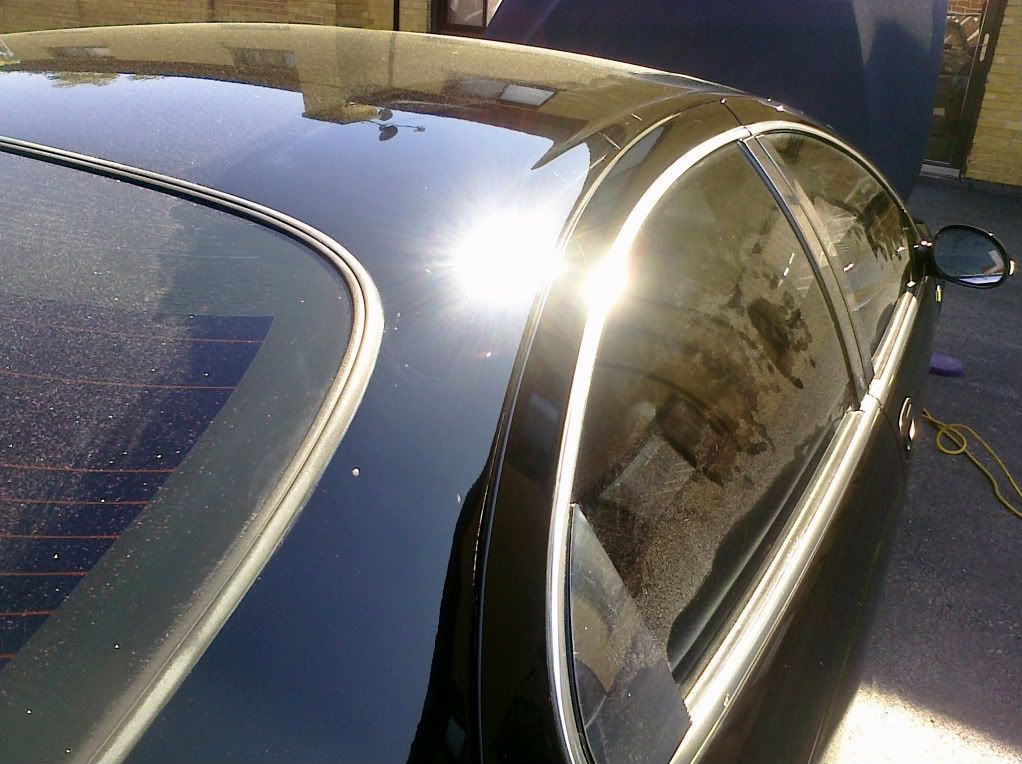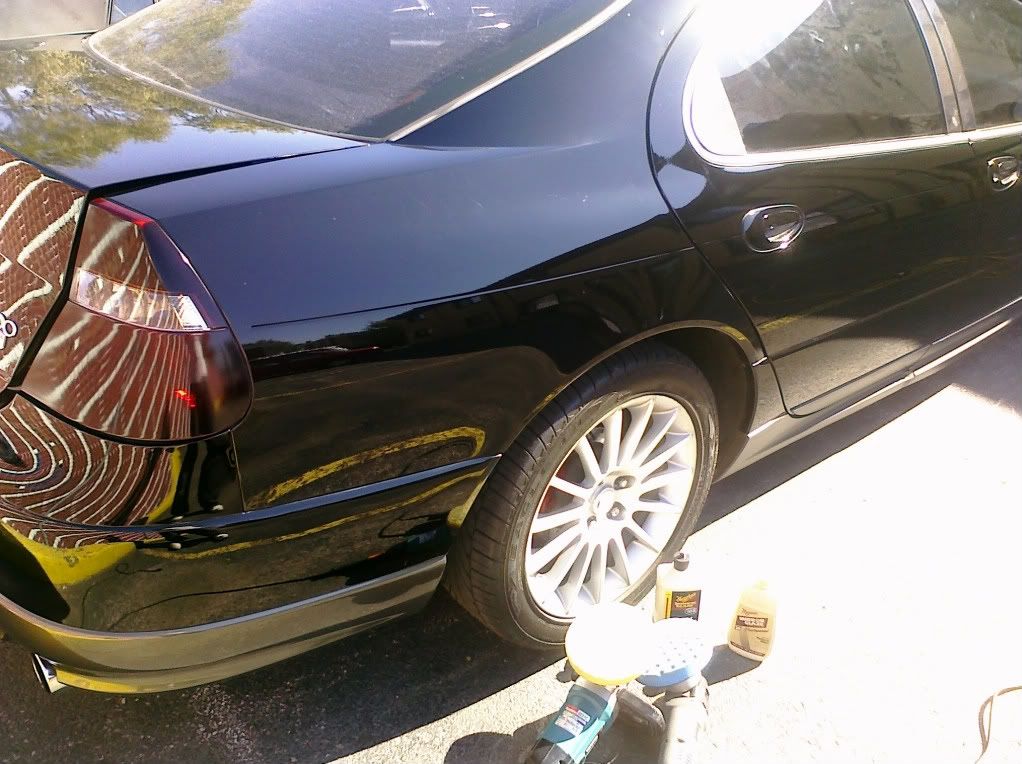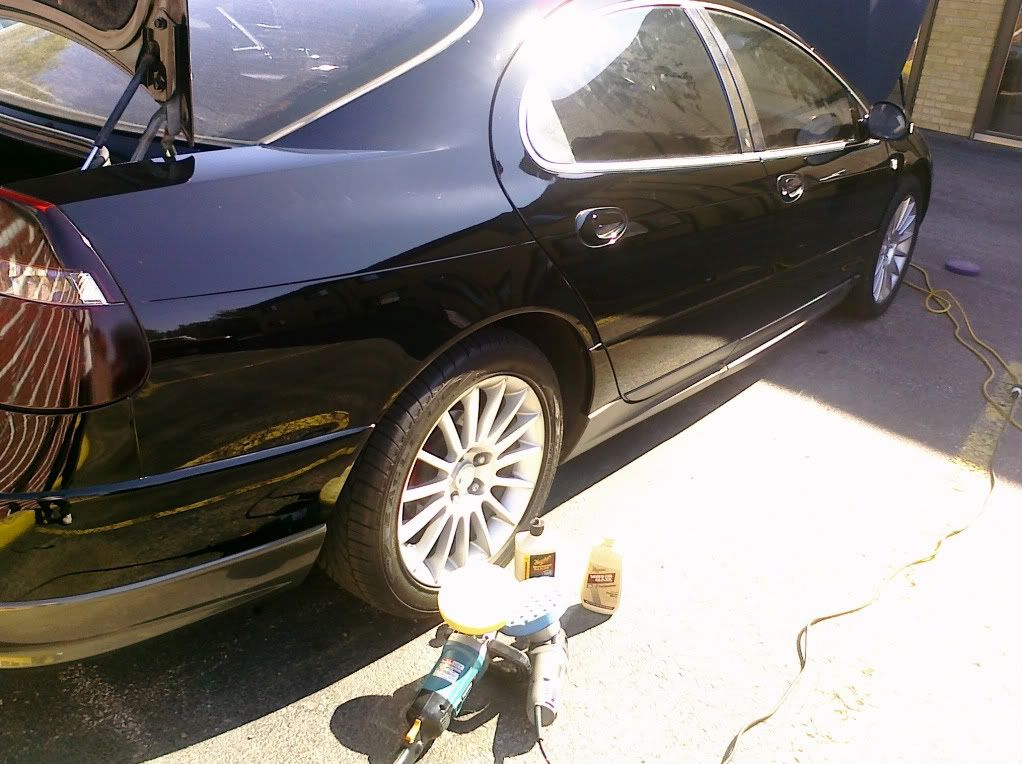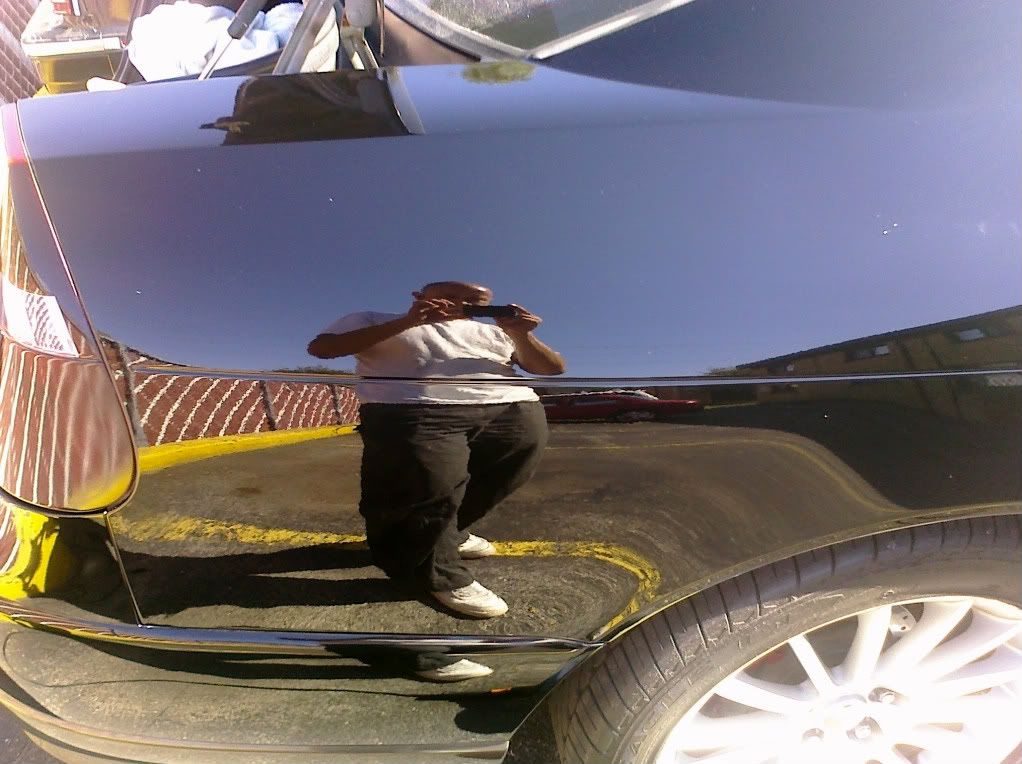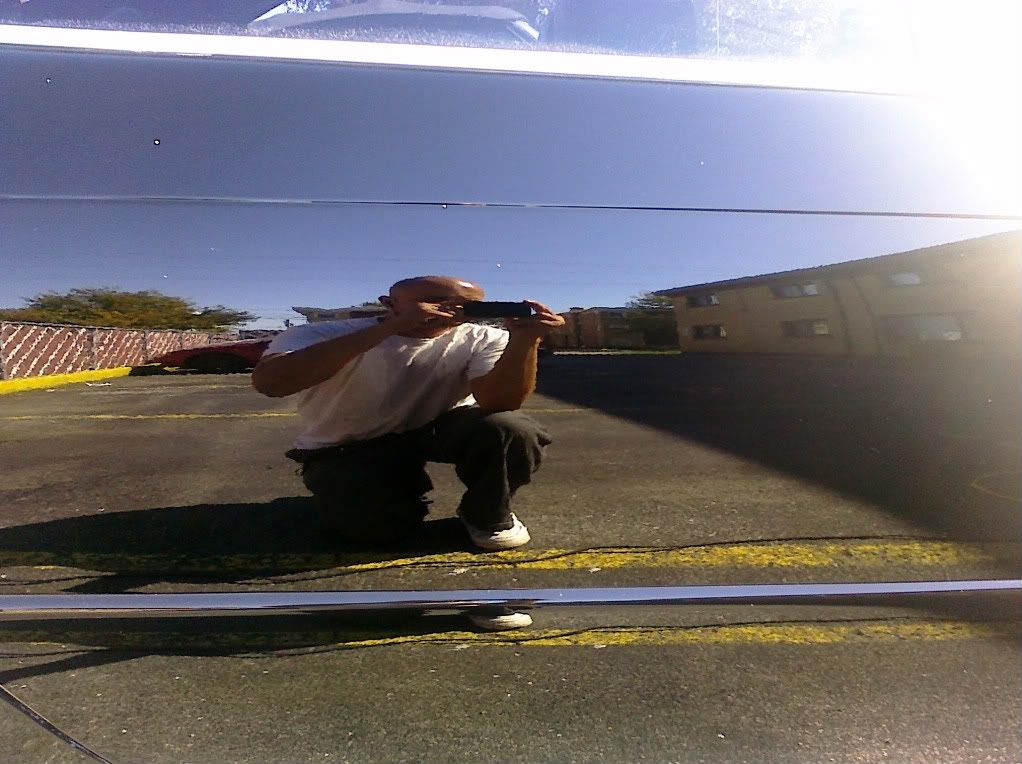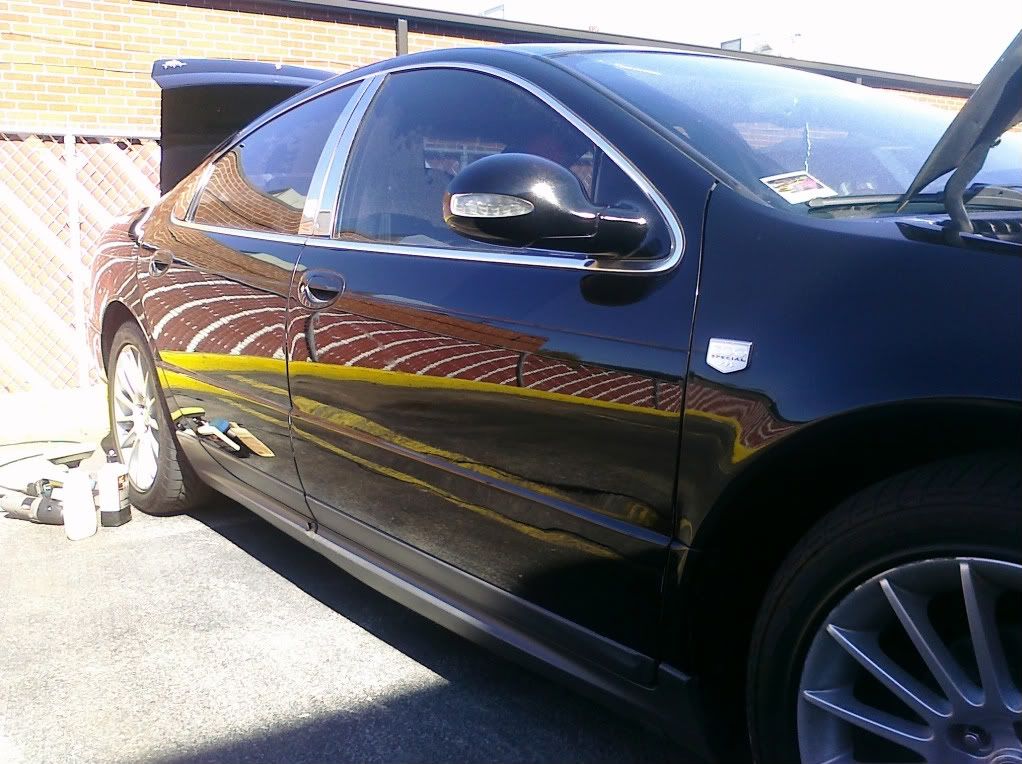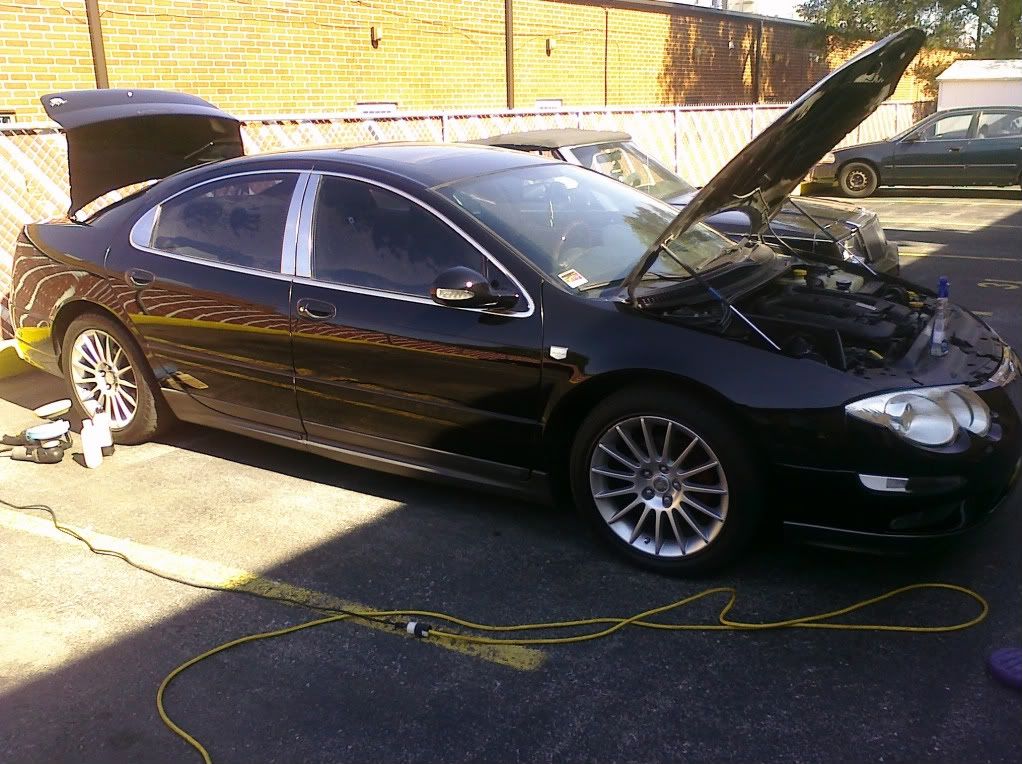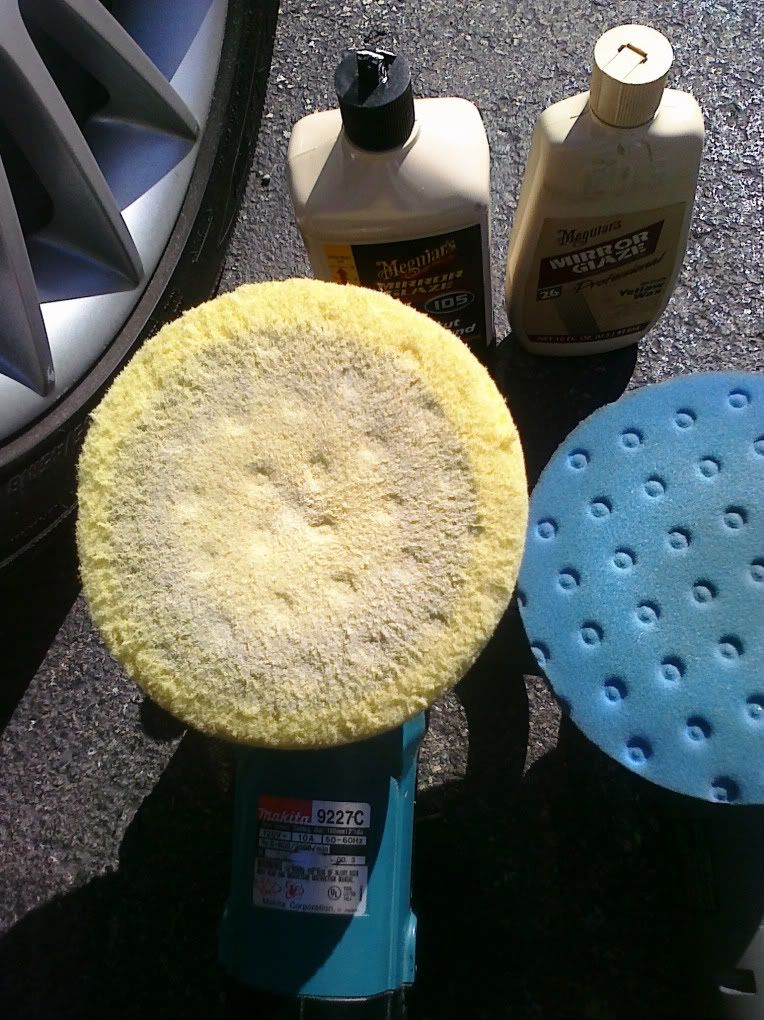David Fermani
Forza Auto Salon
I received the below PM from another member asking for some advice with his newly aquired rotarty polisher. Instead of giving him solely my opinion, I thought it would be great if the forum as a whole could lend their minds to the discussion.
Today I got to practice on a vehicle that will be junked next weekend and the owner let me practice on it before getting rid of it. This being the first time I really got to use the rotary w/out any fear of damaging the paint, I was actually quite impressed with the results! But afterwards it did leave me curious about a couple things:
1) at times the rotary will walk away from me at speeds 3 & 4, any reason for this?
2) I'll start at speed 3 then bump up to speed 4 then down to 3 and finish at 2 (at times with no halograms as I try my best to maintain control, the halograms left behind were taken care of via PC)
3) While correcting paint can be done using the Makita, can I switch to a softer pad like the Gold CCS pad and burnish the paint, or is the rotary something you do not burnish the paint with?
4) Is it possible to polish the paint without leaving halograms using the Makita or is because you are using the heavy cutting pads the rotary likes to walk away from you
5) what are the correct speeds to follow when correcting paint? For ex: do I start at 3 go ^ to 4 then back down to 3 and then 2 or ???
6) I've heard the term burnishing many times but is it the same as jeweling, if so what are the steps (speed wise)
7) last but not least are there any maintenance tips for the Makita?
Thanks for all your help Bud, I really appreciate it!






